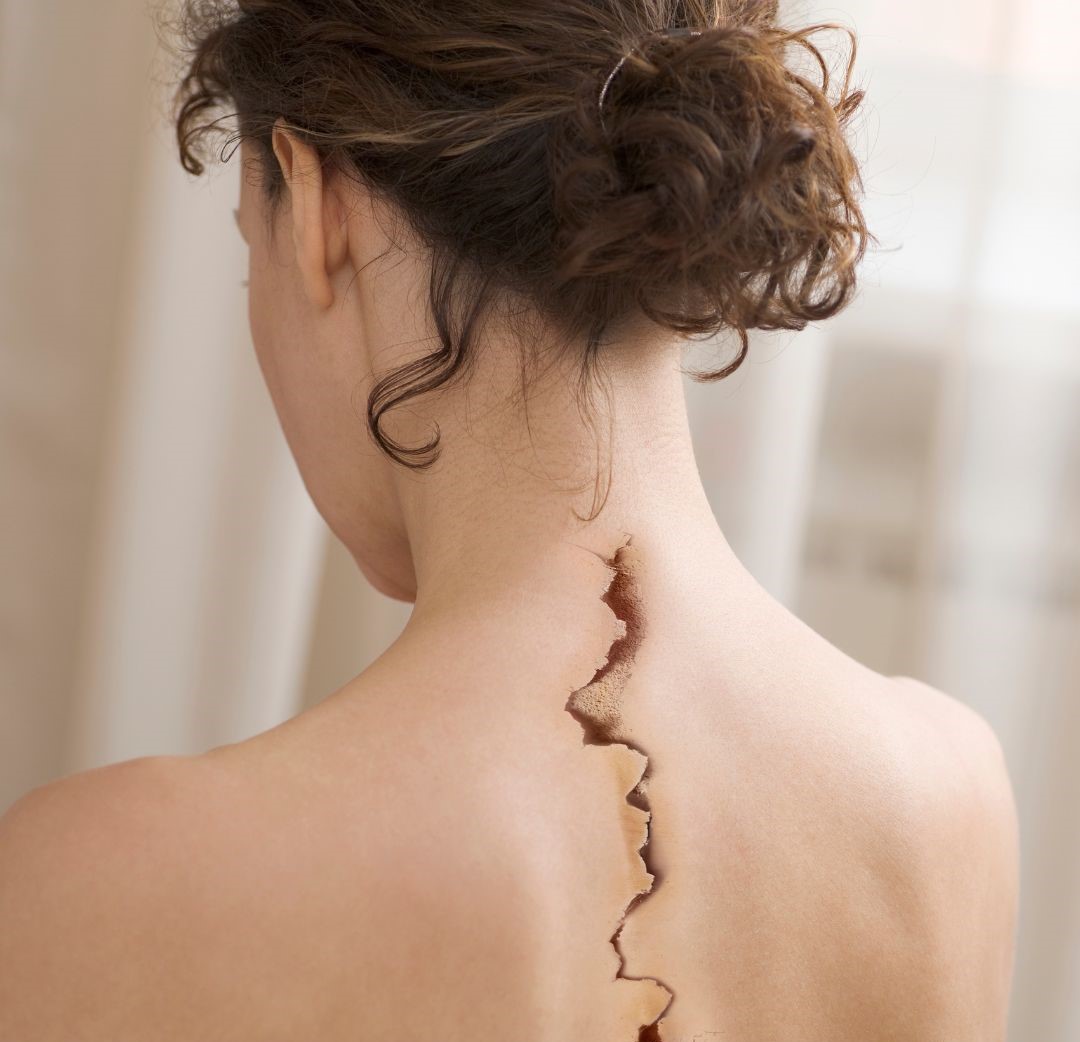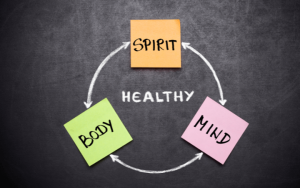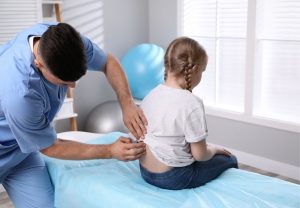It’s a common misconception about osteopathy that we’re all about cracking joints. While that audible release of a joint can be satisfying, osteopathic care is about so much more than that. We offer a range of therapies including soft tissue therapy, joint mobilisation, lymphatic drainage, taping, and needling to ensure your body functions at its best. Give us call on 03 9762 9445 to make an appointment if you’d like to experience these therapies yourself. But for now, let’s understand how these treatments work.
Soft Tissue Therapy: More Than a Massage
Soft tissue therapy is like giving your muscles a much-needed holiday. Osteopaths use various techniques to address muscle tension, improve circulation, and enhance flexibility. This can involve deep tissue massage, myofascial release, and trigger point therapy. These methods may help relieve pain, improve range of motion, and promote relaxation.
For instance, myofascial release targets the fascia, the connective tissue surrounding muscles, to alleviate stiffness and pain. Deep tissue massage focuses (as the name suggests) on the deeper layers of muscle and fascia, releasing chronic muscle tension. Trigger point therapy pinpoints specific areas of muscle tightness, often referred to as knots, to release tension and restore normal function.
Joint Mobilisation: Getting Things Moving
Joint mobilisation involves gentle techniques to improve joint range of motion. Unlike the more forceful manipulation that produces the famous “crack”; mobilisation uses slow, controlled movements to stretch the tissues around the joint. This approach may benefit patients with arthritis, joint stiffness, or post-injury recovery. By enhancing joint mobility, osteopaths aim to reduce pain, improve function, and increase overall flexibility. Think of it as giving your joints a good stretch before they hit the dance floor – they’ll move more freely and comfortably.
Lymphatic Drainage: Keeping Things Flowing
Lymphatic drainage is a specialised massage technique that promotes lymph flow, a fluid carrying waste products away from tissues. This therapy effectively reduces swelling, improves immune function, and enhances the body’s natural detoxification processes.
Using light, rhythmic strokes, osteopaths stimulate the lymphatic system, encouraging lymph movement towards lymph nodes for processing and elimination. This technique benefits patients recovering from surgery, experiencing chronic swelling, or dealing with conditions like lymphedema
Taping: Support Without Restriction
Taping, often seen on athletes, supports muscles and joints without restricting movement. Kinesiology tape, a common type, helps reduce pain, improve circulation, and support injured areas during healing.
The application of tape can be tailored to each patient’s needs. For example, it can stabilise an injured knee, support the foot’s arch, or reduce shoulder pain. The tape works by lifting the skin slightly, which improves blood and lymphatic flow, reduces pressure on pain receptors, and provides muscle and joint support.
Dry Needling: A Pinch of Relief
Dry needling, sometimes confused with acupuncture, involves inserting thin needles into trigger points or tight muscles to release tension and improve function. This technique effectively treats chronic pain, muscle tightness, and even headaches.
The needles stimulate blood flow to the area, promoting healing and reducing muscle tension. And don’t worry, the needles are much finer than those used for injections, so the discomfort is usually minimal.
The Crack: What’s Really Happening
And finally, the famous “crack” – what’s really happening when you hear that satisfying pop? The sound results from releasing gas bubbles in the synovial fluid of a joint during an osteopathic manipulation. This can help improve joint function, reduce pain, and increase range of motion.
However, not every osteopathic treatment involves a crack. Joints can release without any sound being emitted at all! The question isn’t whether your joints are noisy. The question is whether they feel and move better!
Osteopathy and Systemic Homeostasis
Osteopathic Manipulative Medicine (OMM) aims to increase systemic homeostasis – the body’s ability to maintain a stable internal environment. By addressing the nervous, lymphatic, immune, and vascular systems, osteopaths help promote overall health and well-being.
For example, improving joint mobility and soft tissue function enhances blood flow and nerve function, supporting the body’s natural healing processes. Lymphatic drainage boosts immune function, helping the body fight infections and reduce inflammation.
Conclusion: Don’t Crack Up!
So, next time you think of visiting an osteopath, remember there’s much more to us than just the crack. From soft tissue therapy to needling, we offer a range of treatments designed to promote health, reduce pain, and improve overall function.
Whether you’re dealing with chronic pain, recovering from an injury, or simply looking to improve your overall well-being, our osteopaths at Body@Boronia are here to help.
Call us on 03 9762 9445 or click on the Book Online link to make your appointment. And who knows, you might even leave your appointment with a satisfying crack or two – but that’s just the cherry on the holistic health sundae.
PS: We’re on social media, why not follow us on Instagram or Facebook.
We look forward to supporting you on your journey to better health.
References
Roberts, A.; Harris, K.; Outen, B.; Bukvic, A.; Smith, B.; Schultz, A.; Bergman, S.; Mondal, D. Osteopathic Manipulative Medicine: A Brief Review of the Hands-On Treatment Approaches and Their Therapeutic Uses. Medicines 2022, 9, 33. https://doi.org/10.3390/medicines9050033
Information provided here (including text, graphics, images, outbound links, and other material) is for informational purposes only. It is general in nature and is not to be used or considered as a substitute for personalised professional medical advice, diagnosis, or treatment. Always seek the advice of your qualified allied health provider regarding any symptoms, medical conditions, or treatments and before undertaking any new health care regimen.





